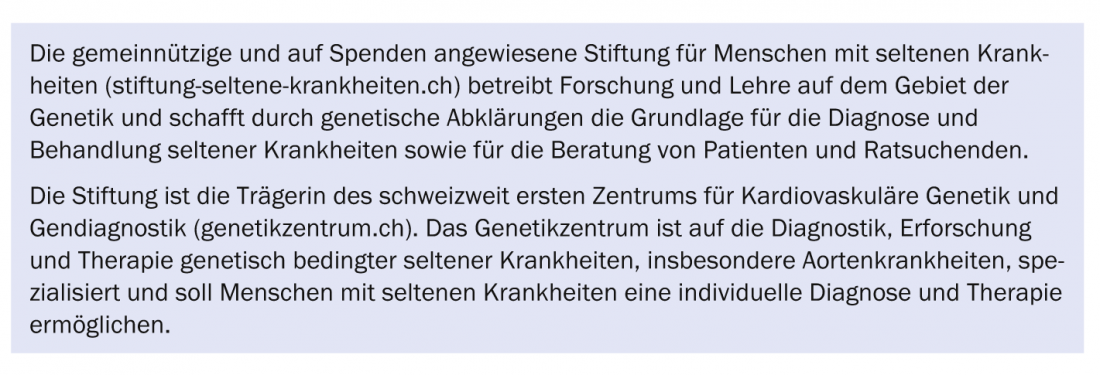The enormous progress made in recent years in the field of human genetics has already led to the identification of the cause of more than four thousand genetic (congenital) diseases. Thus, today a diagnosis can be made, confirmed or ruled out in more and more people by means of genetic testing of the genetic material (genetic testing, not to be confused with Internet genetic testing).
Genetic testing can be done pre- or postnatally by examining chromosomes (cytogenetics) and/or genes (molecular genetics). It is mainly used in situations where the usual clinical examinations do not allow a conclusive statement. This is especially important in the early stages of a disease and in children and adolescents.
Shorten suffering
Early and clear genetic characterization of the disease not only positively influences the prognosis and disease management, but also massively shortens the often years-long diagnostic suffering of those affected. Even when a clinical diagnosis is apparently certain, genetic testing may be essential. For example, in diseases whose causative mutation may be present in different genes. This situation applies, for example, to the rare connective tissue disease Marfan syndrome (MFS), since mutations in multiple genes are a possibility when MFS is clinically suspected.
A disease is considered rare if it affects no more than one in 2000 people. There are more than 5000 rare diseases. A total of about half a million Swiss suffer from them, as many as from diabetes. Since 80% of rare diseases are genetic, genetic testing is important in this context.
Therapy, prevention and family planning
Although most genetic diseases are not curable today, knowledge of the underlying genetic defect is the basis of targeted disease management. Therapeutic strategies can be tailored to the mutation in question: Research is always looking for new tailor-made drugs that take into account the individual genetic characteristics of patients and thus shape personalized medicine.
In addition, presymptomatic genetic testing prior to manifestation of the disease allows targeted prevention, and if the familial mutation is known, genetic testing is also of particular importance in family planning.
What are the options?
The most important method of targeted gene analysis is DNA sequencing, which determines the nucleotide bases of the genetic material and can thus accurately detect gene mutations. It is already a reality that genetic studies are performed using high-throughput sequencing (“next generation sequencing”, NGS), where either a selected combination of genes (so-called panel), the whole genome (“whole genome”, 3 billion bases) or its coding region (“whole exome”, ~20 000 genes) are sequenced in a relatively short time and at lower cost compared to classical sequencing.
However, both the quality, storage and bioinformatic evaluation as well as the interpretation of the huge data generated by NGS still represent a major and costly challenge, even though the current analysis list with the new position for NGS may give a different impression.
Expertise is central
Especially the interpretation of NGS data with diagnostic certainty requires a lot of expertise and can be enormously time-consuming. Therefore, this evaluation belongs in expert hands of specialists in medical genetics FAMH/FMH. Moreover, NGS of more than ten genes can only be prescribed by physicians with a federal postgraduate qualification in “Medical Genetics”. Likewise, the genetic counseling required by law before and after genetic testing should be provided by medical geneticists.

HAUSARZT PRAXIS 2015; 10(3): 4












